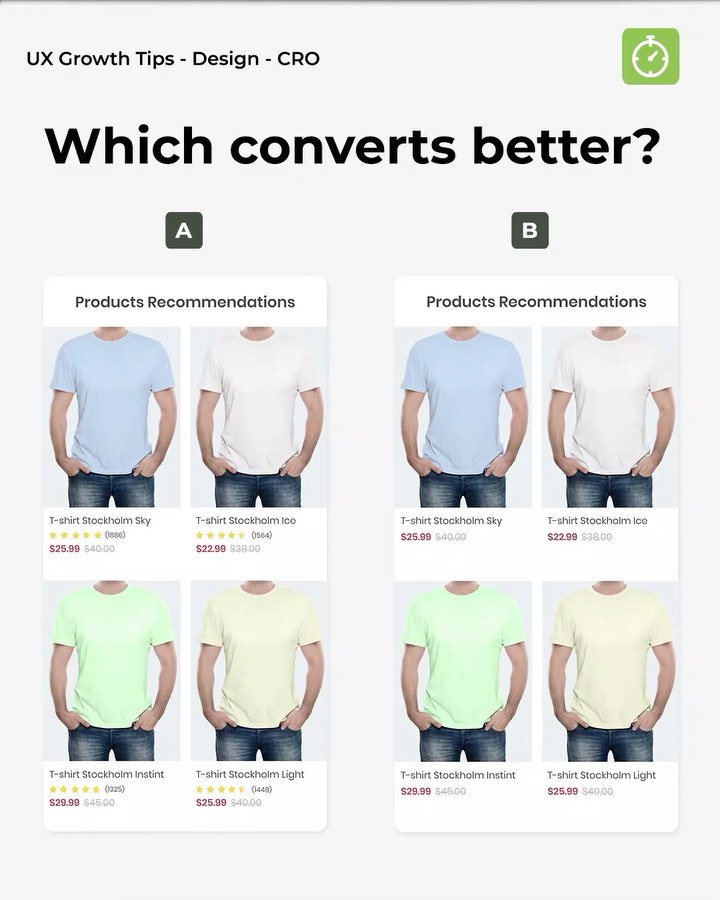Design creates stories and stories create memorable experiences
Design plays a crucial role in crafting memorable experiences through storytelling in UX/UI design. Storytelling enhances user engagement by creating meaningful connections with products and services. By incorporating narrative elements, designers can create interfaces that resonate with users on a personal level, ultimately improving user experience and satisfaction. The impact of design in shaping user interactions and perceptions highlights the importance of narrative in creating effective and engaging designs.
Importance of Narrative in UX/UI Design
In the realm of UX/UI design, narrative plays a crucial role in shaping the overall user experience. Through storytelling, designers can create a compelling and engaging journey for users, enhancing their interaction with products and services. Let's explore the impact of storytelling on user experience and how crafting a well-crafted story can elevate the design process.
Impact of Storytelling in User Experience
Storytelling in UX/UI design goes beyond aesthetics and functionality; it taps into emotions and connects with users on a deeper level. By integrating storytelling elements, designers can evoke empathy, drive engagement, and leave a lasting impression on users. The narrative framework sets the tone for the user's journey, guiding them through a seamless and meaningful experience.
Crafting a Well-Crafted Story for Users
Effective storytelling involves understanding the target audience, defining the core message, and structuring the narrative for maximum impact. Designers must tailor the story to resonate with users, addressing their needs, aspirations, and pain points. By weaving a cohesive narrative, designers can create a user-centric design that sparks emotion, fosters connection, and ultimately enhances the overall user experience.
Understanding User Engagement
The concept of user engagement in UX/UI design is crucial for creating successful digital experiences. By understanding how users interact with products, designers can tailor their approach to meet user needs effectively and create engaging interfaces. Incorporating storytelling into design further enhances the user experience and fosters a deeper connection with the product or service.
User Interaction with Products
When users interact with products, their actions and reactions can provide valuable insights into their preferences and behaviors. By observing and analyzing user interactions, designers can improve usability, navigation, and overall user experience. Understanding how users engage with products allows designers to create intuitive interfaces that facilitate seamless interaction and encourage users to explore and engage with the content.
Incorporating Storytelling into Design
Storytelling plays a significant role in enhancing user engagement by creating a narrative that resonates with the audience. By weaving storytelling elements into the design, designers can evoke emotions, capture attention, and guide users through a meaningful journey. Incorporating storytelling into design not only adds depth to the user experience but also helps establish a connection between the user and the product or service, making the experience more memorable and impactful.
Enhancing User Experience through Design
Enhancing user experience through design is vital in creating products and services that leave a lasting impact on users. By focusing on creating memorable user experiences and implementing effective design strategies for user engagement, designers can ensure that their products resonate with their audience and provide value.
Creating Memorable User Experiences
Creating memorable user experiences involves designing interfaces that are intuitive, visually appealing, and user-friendly. By paying attention to details such as navigation, interaction design, and visual hierarchy, designers can create experiences that are not only functional but also engaging and enjoyable for users.
Design Strategies for User Engagement
Design strategies for user engagement play a crucial role in keeping users interested and invested in a product or service. By incorporating elements such as storytelling, gamification, and personalized interactions, designers can create experiences that captivate users and encourage them to interact with the product on a deeper level.
User Research and Design Integration
The collaboration between user research and design is crucial in UX/UI design, ensuring that the end product meets the needs and preferences of the target audience. By understanding user behavior and expectations, designers can create more effective and engaging interfaces.
The Role of User Research in UX/UI Design
User research plays a vital role in informing design decisions by providing insights into user demographics, interests, and pain points. By conducting surveys, interviews, and usability testing, designers can gather valuable data to guide the design process.
Implementing Findings in the Design Process
- Utilize user research findings to inform the design strategy and decision-making process.
- Integrate insights from user research into the creation of user personas and user journey maps.
- Test design prototypes with real users to validate assumptions and improve the user experience.
Importance of Information Architecture
Information architecture plays a crucial role in UX/UI design, ensuring that users can easily find the information they need. By organizing content in a clear and logical manner, it enhances user experience and facilitates interactions.
Ensuring Important Information Stands Out
When designing interfaces, it is essential to highlight key information that users are seeking. Using visual cues such as color, size, and placement can help draw attention to critical details, making the user journey more efficient and effective.
Crafting Information for the Target Audience
Understanding the target audience is vital in crafting information that resonates with users. By tailoring content to meet the needs and preferences of specific user groups, designers can create a more personalized and engaging experience. Incorporating user feedback and data analysis can further refine the information architecture to better serve the audience.
Elements of Effective Design
When it comes to creating engaging user experiences, visual elements play a crucial role in capturing the attention of users. The strategic use of colors, shapes, and images can enhance the overall design and make it more appealing to the target audience.
Using Visual Elements for User Engagement
- Utilizing eye-catching visuals to draw users in.
- Creating a visually consistent design to maintain user interest.
- Using imagery to convey emotions and messages effectively.
The Power of Colors and Images in Design
Colors and images have the power to evoke emotions and influence user perception. By choosing the right color palette and visuals, designers can create a cohesive and impactful design that resonates with users on a deeper level.
- Understanding the psychology of color in design.
- Creating visual hierarchy with contrasting colors.
- Using high-quality images to enhance user experience.
Implementing User-Centric Design
Implementing User-Centric Design involves creating interfaces that prioritize the needs and preferences of the end user, resulting in enhanced usability and overall satisfaction. By understanding user personas and designing for user interaction, designers can tailor their creations to effectively engage and resonate with their target audience.
Understanding User Personas
- Develop detailed user personas based on demographic, psychographic, and behavioral characteristics.
- Consider user goals, motivations, pain points, and preferences when creating personas.
- Use data-driven insights and user research to inform persona development.
Designing for the User’s Interaction
- Map out user journeys to identify touchpoints and interactions throughout the design process.
- Prioritize user flows and interactions that align with the user's expectations and goals.
- Test and iterate on design concepts to optimize user interactions and overall usability.
Enhancing Usability through Design
Enhancing usability through design is essential in creating user-friendly interfaces that optimize user experience. By following user interface design principles and focusing on interaction design, designers can craft intuitive and engaging digital experiences.
User Interface Design Principles
- Consistency in layout and navigation
- Efficient use of space and visual hierarchy
- Clear and consistent labeling of elements
- Feedback on user interactions
Implementing User Interface Design Principles
By implementing user interface design principles, designers can create interfaces that are intuitive and easy to navigate. Consistency in layout and navigation ensures a seamless user experience, while efficient use of space and visual hierarchy guides user focus.
Enhancing User Engagement
Clear and consistent labeling of elements helps users understand the purpose of different interface elements, leading to a more intuitive interaction. Providing feedback on user interactions enhances user engagement and helps users understand the outcome of their actions.
Optimizing Interaction Design
- Streamlining user workflows
- Creating intuitive interactions
- Anticipating user needs
- Testing and refining interactions
Streamlining User Workflows
Optimizing interaction design involves streamlining user workflows to ensure a seamless user journey. By reducing the number of steps required to complete tasks and eliminating unnecessary actions, designers can enhance usability and improve user satisfaction.
Creating Intuitive Interactions
Designers should focus on creating intuitive interactions that anticipate user behavior and simplify the user experience. By designing interactions that align with user expectations and mental models, designers can enhance usability and make interactions more efficient.
Measuring Success in UX/UI Design
Assessing User Experience Metrics
Assessing user experience metrics is crucial in determining the effectiveness of UX/UI design. Metrics such as conversion rate, bounce rate, and time on page provide insight into user behavior and preferences. By tracking these metrics, designers can identify areas for improvement and optimize the overall user experience.
Key User Experience Metrics to Consider:
- Conversion Rate: Measures the percentage of users who complete a desired action, such as making a purchase or signing up for a newsletter.
- Bounce Rate: Indicates the percentage of users who navigate away from a website after viewing only one page.
- Time on Page: Reflects the average amount of time users spend on a specific page, indicating engagement levels.
Continuous Improvement Strategies
Implementing continuous improvement strategies is essential for enhancing UX/UI design over time. By gathering user feedback, conducting usability tests, and analyzing data, designers can iteratively refine and optimize the user experience. Continuous improvement ensures that design remains relevant and resonates with users' evolving needs and preferences.
Effective Strategies for Continuous Improvement:
- Usability Testing: Conducting usability tests with target users to gather feedback on design elements and functionality.
- Data Analysis: Analyzing user behavior data to identify patterns, trends, and areas for enhancement.
- Iterative Design: Making incremental design changes based on user feedback and performance metrics to continuously improve the user experience.



